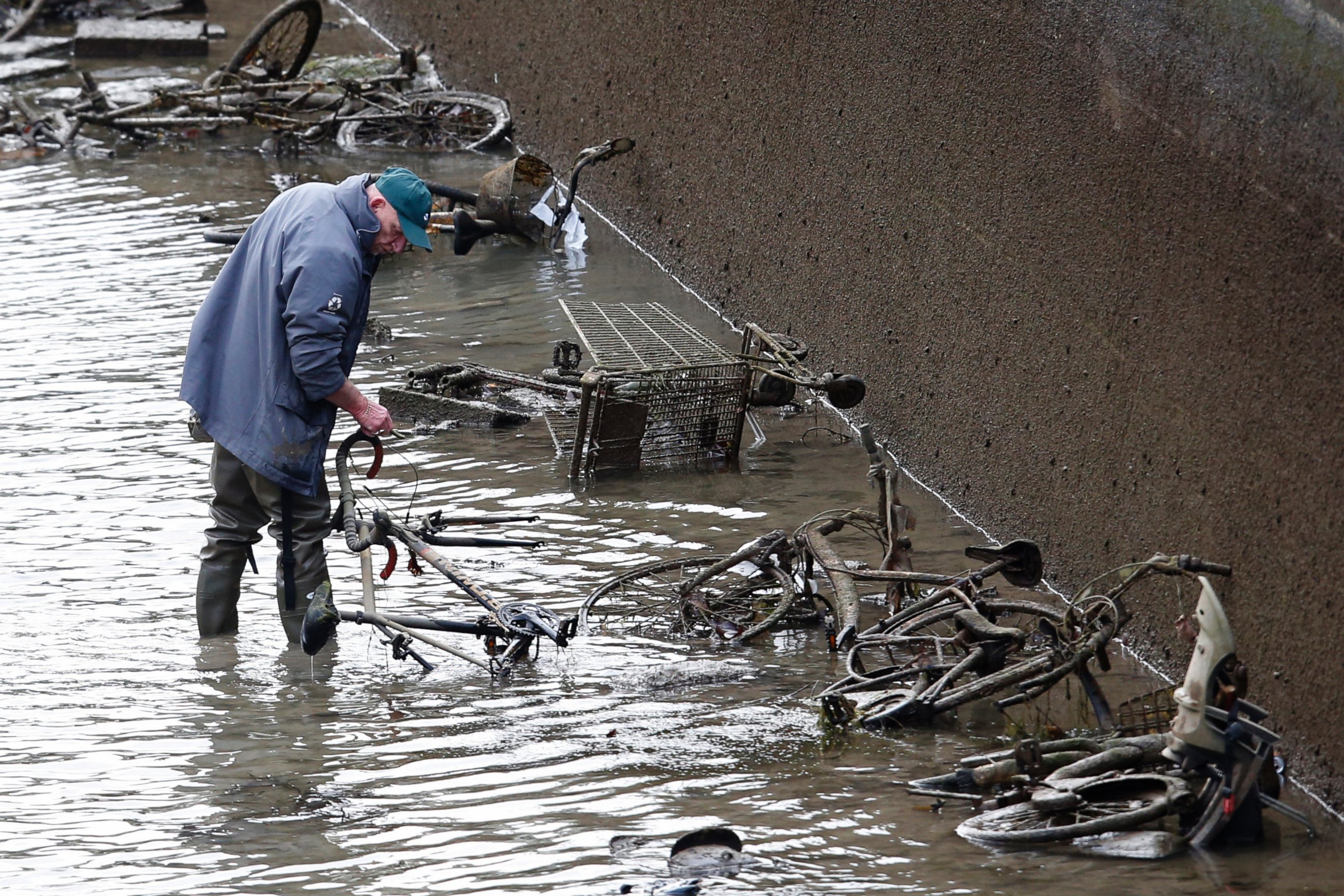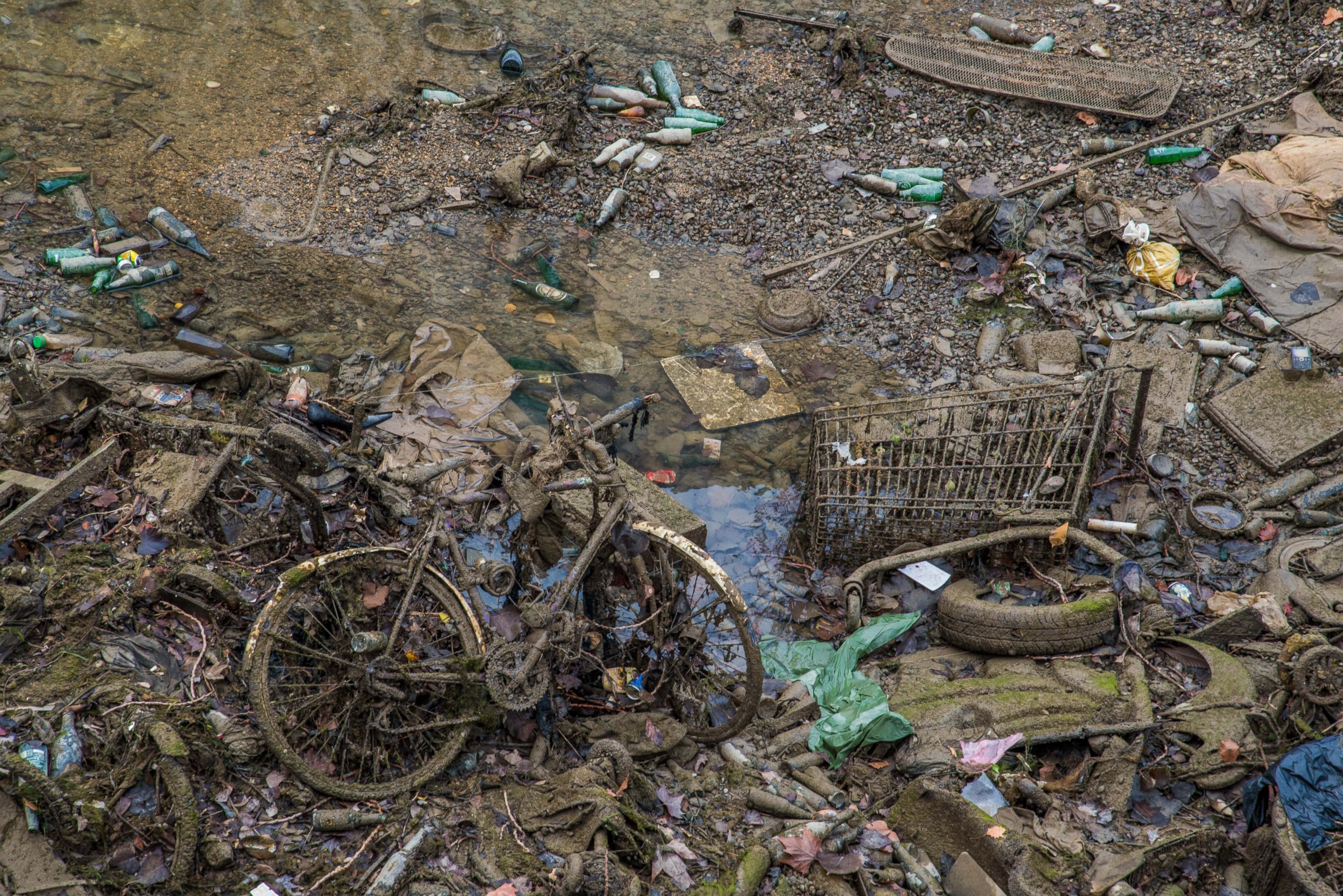The Paris canals, particularly the Canal Saint-Martin, have long been a romanticized feature of the city, drawing both locals and tourists to its picturesque banks. However, every 10–15 years, these iconic waterways are drained, revealing a fascinating underbelly that tells a story of Parisian life, history, and environmental challenges. The "drained Paris canal" is not just an engineering feat—it’s a rare spectacle that unveils the hidden treasures and trash lurking beneath the surface.
When the canals are emptied, they become an open-air museum of sorts, showcasing everything from historical relics to modern-day refuse. This dramatic event is part of a necessary maintenance process designed to clean the canals, preserve their structural integrity, and ensure they remain navigable. The drained Paris canal becomes a microcosm of urban life, reflecting the habits, waste, and even the culture of the city’s inhabitants over time. Surprisingly, this periodic cleaning has also sparked conversations about sustainability and the environmental footprint of city dwellers.
But the process of draining the canal isn’t just about maintenance; it’s about rediscovery. From bicycles and shopping carts to ancient coins and wartime artifacts, the canal bed is a treasure trove of surprises. This article dives deeply into the history, engineering, environmental impact, and cultural significance of the drained Paris canal, offering insights into why this event remains a captivating phenomenon for residents and visitors alike. So, let’s wade through the waters—both figuratively and literally—and uncover the secrets hidden beneath the surface.
Read also:The Untold Story Of Naked Prince Harry A Royal Scandal That Shaped Modern Monarchy
Table of Contents
- History and Origins of the Paris Canal System
- The Engineering Marvel Behind Draining the Canal
- Why the Canal Needs to Be Drained
- Treasures and Trash Unearthed in the Drained Paris Canal
- Ecological Impacts of Draining the Canal
- A Glimpse into Parisian History Through the Canal
- The Role of the Canal in Modern Paris
- Cultural and Artistic Significance of the Paris Canals
- Community Involvement and Volunteer Efforts
- Economic Importance of Canal Maintenance
- Technological Advancements in Canal Draining
- Lessons in Sustainability and Environmental Awareness
- Famous Events and Stories Tied to the Canal
- Tourism and the Drained Paris Canal
- What the Drained Canal Reveals About Modern Society
- FAQs About the Drained Paris Canal
- Conclusion
History and Origins of the Paris Canal System
The Paris canal system, including the famed Canal Saint-Martin, was initially envisioned by Napoleon Bonaparte in the early 19th century. The project aimed to address two primary issues: providing a reliable source of clean drinking water for the city’s growing population and improving transportation for goods within Paris. Completed in 1825, the Canal Saint-Martin and its adjoining waterways became an essential part of the city’s infrastructure.
Spanning approximately 4.5 kilometers, the Canal Saint-Martin connects the Canal de l'Ourcq in the north to the Seine River in the south. It features nine locks and two swing bridges, a testament to the ingenuity of early 19th-century French engineering. The canal was initially a workhorse for Paris, facilitating the movement of coal, wheat, and other goods. Over time, however, it transitioned from an industrial waterway to a cultural and recreational hub.
Despite its serene appearance today, the canal’s history is marked by challenges, including periods of neglect and overuse. The decision to periodically drain and clean the canal was introduced in the mid-20th century as part of efforts to preserve its historical and functional value. Over the years, the Paris canals have become emblematic of the city’s resilience and adaptability, evolving to meet the needs of each generation.
FAQs About the Drained Paris Canal
Q1: How often is the Paris canal drained?
A1: The Paris canal, particularly the Canal Saint-Martin, is typically drained every 10–15 years for maintenance and cleaning.
Q2: What kinds of items are found in the drained canal?
Read also:The Life And Career Of Joely Fisher Actress A Tale Of Talent And Tenacity
A2: Items found in the drained canal range from bicycles, shopping carts, and traffic cones to historical relics like coins and wartime artifacts.
Q3: How long does the draining process take?
A3: The draining process can take several weeks, including the time required for cleaning, repairs, and refilling the canal.
Q4: Is the canal drained for public viewing?
A4: While the draining process is not specifically staged for public viewing, it often draws large crowds curious to see the canal bed and the items uncovered.
Q5: What happens to the fish and other aquatic life during the draining?
A5: Before draining, the aquatic life is carefully relocated to other bodies of water to ensure their safety and well-being.
Q6: Can tourists visit the canal during the draining event?
A6: Yes, tourists can visit the area during the draining event, but access to the canal bed is usually restricted for safety reasons.
Conclusion
The drained Paris canal is more than just a functional project—it’s a window into the soul of the city. From its historical roots to its modern-day cultural significance, the canal continues to serve as a reminder of Paris’s enduring charm and adaptability. Whether you’re a history buff, an environmentalist, or simply a curious observer, the spectacle of the drained Paris canal offers something for everyone. As the city evolves, so too will its waterways, ensuring that this unique tradition endures for generations to come.

